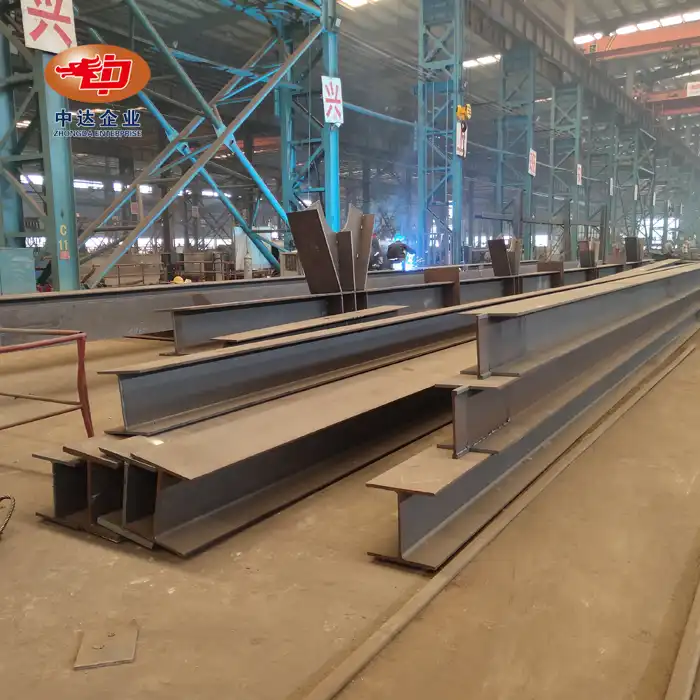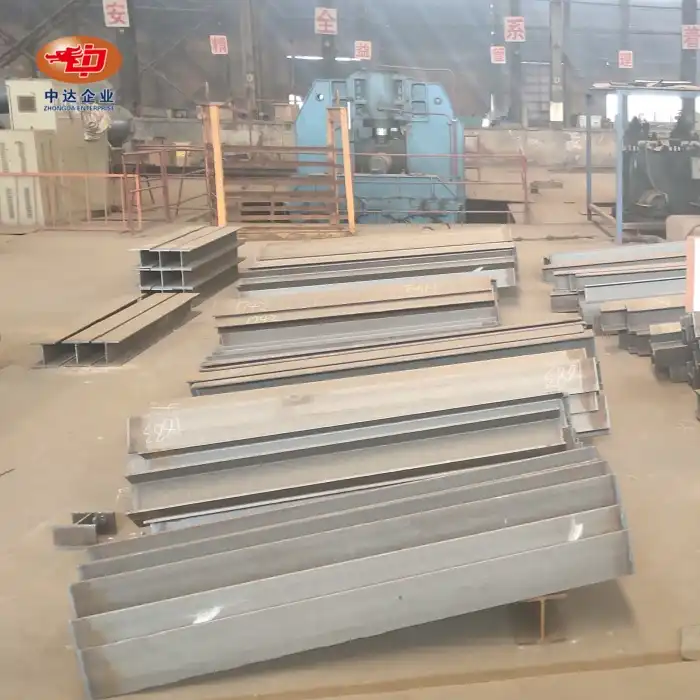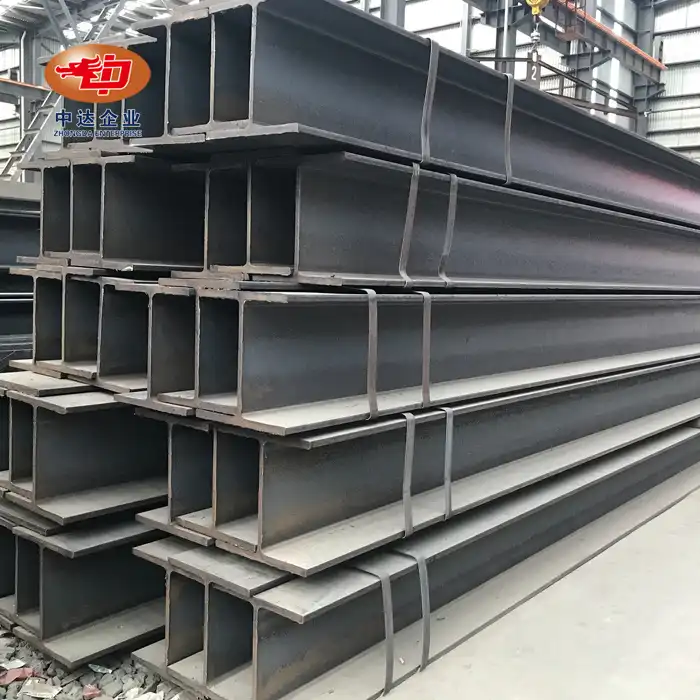
Why Steel-Concrete Composite Beams Are Perfect for Bridges?
Steel-concrete composite beams have revolutionized bridge construction, offering an ideal solution that combines the strengths of both materials. These innovative structures provide exceptional load-bearing capacity, durability, and cost-effectiveness, making them perfect for modern bridge design. By integrating high-strength structural steel with reinforced concrete, composite beams offer enhanced structural efficiency, improved fire resistance, and increased span capabilities. This combination allows for longer bridges, reduced construction weight, and maximized usable space – all crucial factors in bridge engineering. As industry leaders like Zhongda Steel continue to innovate in this field, steel-concrete composite beams are becoming the go-to choice for bridge projects worldwide, from short spans to long-distance crossings.
The Structural Advantages of Steel-Concrete Composite Beams in Bridge Construction
Enhanced Load-Bearing Capacity and Span Length
One of the primary reasons steel-concrete composite beams excel in bridge construction is their superior load-bearing capacity. The combination of high-strength Q345D steel and C50 grade concrete creates a synergistic effect, allowing the beam to withstand greater loads than either material could handle independently. This enhanced strength enables engineers to design bridges with longer spans, reducing the number of support structures required and minimizing environmental impact.
For instance, Zhongda Steel's composite beams can span distances from 30 to 60 meters, with specialized designs reaching up to 120 meters. This impressive range offers architects and engineers unprecedented flexibility in bridge design, allowing them to overcome challenging terrain and create iconic structures that were previously unfeasible.
Improved Durability and Longevity
Bridge durability is crucial for ensuring long-term safety and reducing maintenance costs. Steel-concrete composite beams offer exceptional durability due to the protective nature of the concrete encasement. The concrete shields the steel from corrosion, significantly extending the lifespan of the bridge structure. Additionally, the use of high-quality materials like C50 grade concrete further enhances the beam's resistance to environmental factors and wear.
Zhongda Steel's commitment to quality is evident in their rigorous testing procedures, including non-destructive evaluations and load tests. These measures ensure that each composite beam meets or exceeds industry standards, providing peace of mind for bridge owners and users alike.
Seismic Resistance for Enhanced Safety
In regions prone to seismic activity, bridge safety is paramount. Steel-concrete composite beams offer superior seismic resistance compared to traditional construction methods. The combination of ductile steel and rigid concrete creates a structure that can absorb and dissipate seismic energy effectively.
Zhongda Steel's composite beams have undergone extensive testing, passing 8-degree earthquake simulation tests. This level of seismic resistance ensures that bridges constructed with these beams can withstand significant ground motion, maintaining structural integrity and safeguarding lives during natural disasters.
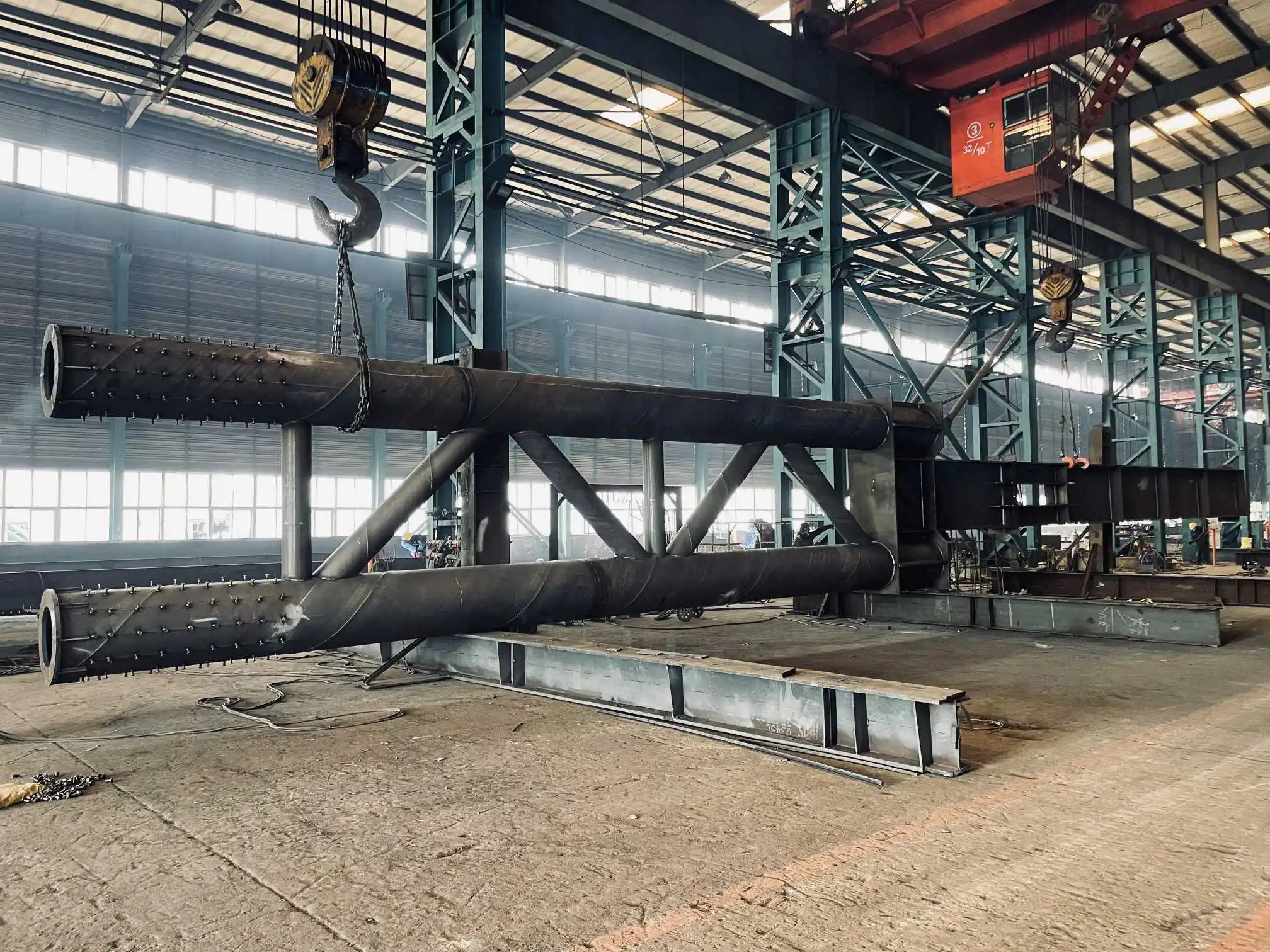
Economic Benefits of Using Steel-Concrete Composite Beams in Bridge Projects
Cost-Effective Construction and Reduced Material Usage
Steel-concrete composite beams offer significant economic advantages in bridge construction. The enhanced structural efficiency of these beams allows for a reduction in overall material usage, leading to lower construction costs. By combining the strengths of steel and concrete, engineers can design lighter structures that require less material while maintaining the necessary load-bearing capacity.
This reduction in material not only decreases direct costs but also leads to savings in transportation and installation. Zhongda Steel's advanced manufacturing facilities, with a 60,000-ton annual capacity, ensure a steady supply of high-quality composite beams, further streamlining the construction process and reducing project timelines.
Faster Construction and Reduced Labor Costs
Time is money in construction, and steel-concrete composite beams offer significant time-saving benefits. The prefabricated nature of these beams allows for quicker on-site assembly, reducing overall construction time. Zhongda Steel's state-of-the-art equipment, including CNC ultra-thick plate cutting and automated welding lines, ensures precision manufacturing that translates to easier and faster installation on the job site.
This efficiency in construction not only reduces labor costs but also minimizes disruption to traffic and local communities. For bridge projects in urban areas or over busy waterways, the ability to complete construction quickly is invaluable, making steel-concrete composite beams an attractive option for project managers and city planners alike.
Long-Term Cost Savings Through Reduced Maintenance
While initial construction costs are important, the long-term economic benefits of steel-concrete composite beams are equally significant. The durability and corrosion resistance of these structures result in reduced maintenance requirements over the lifespan of the bridge. This translates to lower ongoing costs for bridge owners and operators.
Zhongda Steel's commitment to quality, evidenced by their ISO 9001-certified quality management system, ensures that their composite beams are built to last. By investing in high-quality materials and rigorous quality control, bridge projects can expect extended service life and reduced need for costly repairs or replacements in the future.
Innovative Design Possibilities with Steel-Concrete Composite Beams
Flexibility in Architectural Expression
Steel-concrete composite beams open up new possibilities for bridge aesthetics and design. The strength and versatility of these beams allow architects to create more daring and visually striking structures. The ability to span longer distances with less material enables the design of sleeker, more elegant bridges that can become iconic landmarks in their own right.
Zhongda Steel's OEM and ODM services cater to this need for creativity, offering customizable solutions that can accommodate unique geometries and challenging architectural designs. From curved bridges to complex structural forms, composite beams provide the foundation for pushing the boundaries of bridge architecture.
Integration of Smart Technologies
As bridge design evolves, the integration of smart technologies becomes increasingly important. Steel-concrete composite beams provide an excellent platform for incorporating sensors, monitoring systems, and other smart infrastructure elements. These additions can help in real-time structural health monitoring, traffic management, and predictive maintenance.
Zhongda Steel's expertise in BIM-driven prefabrication aligns perfectly with this trend towards smarter infrastructure. By leveraging advanced modeling techniques, engineers can optimize the placement of smart technologies within the composite beam structure, ensuring seamless integration and maximum effectiveness.
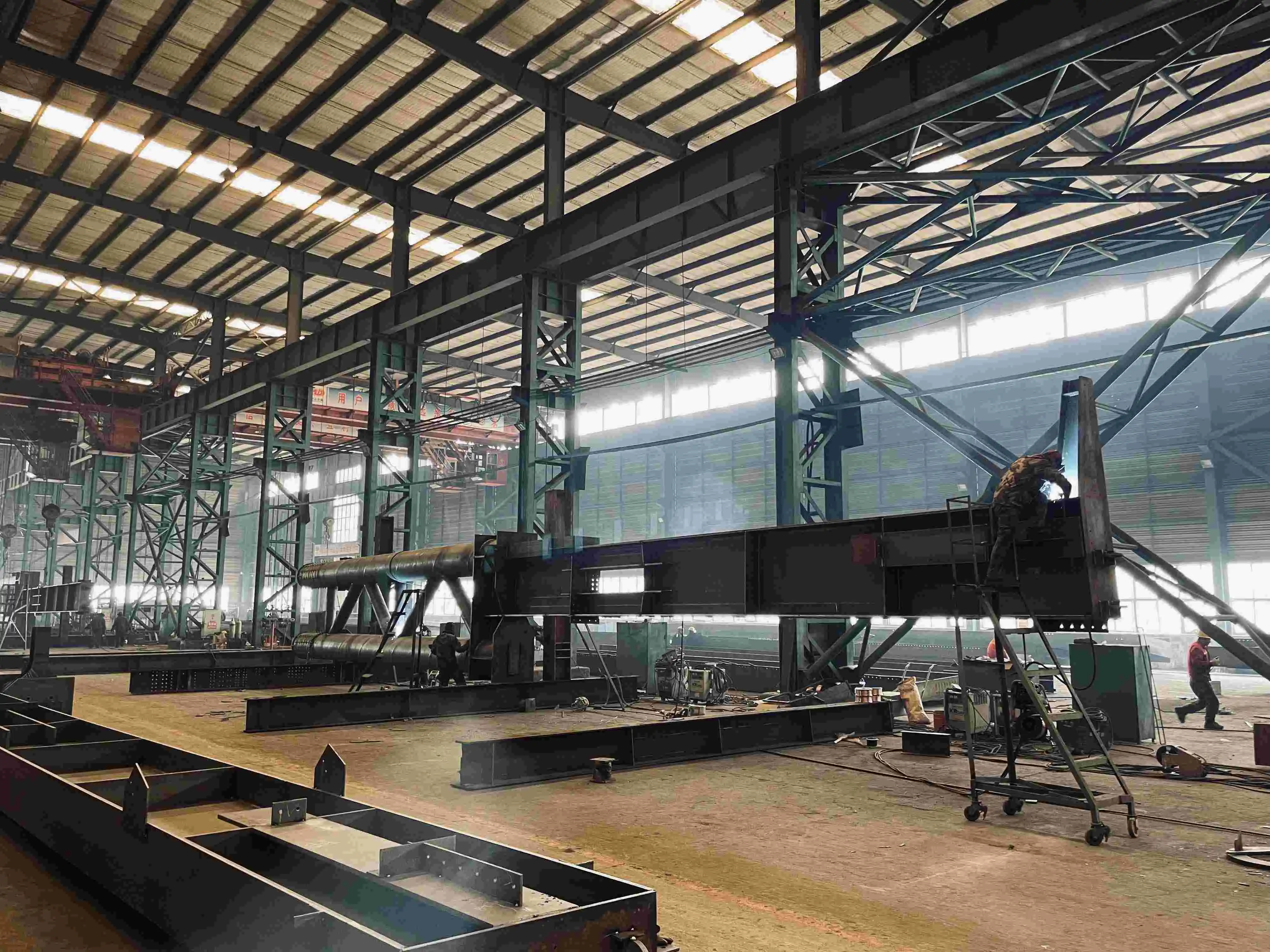
Sustainability and Environmental Considerations
In an era of increasing environmental awareness, the sustainability aspects of bridge construction are more important than ever. Steel-concrete composite beams offer several environmental benefits that make them an attractive choice for eco-conscious projects. The reduced material usage and longer lifespan of these structures contribute to a lower overall environmental impact.
Furthermore, the potential for recycling and reuse of materials at the end of the bridge's life cycle adds to the sustainability credentials of steel-concrete composite beams. Zhongda Steel's commitment to innovation, including their proprietary technologies in weathering steel, demonstrates a focus on developing more sustainable construction solutions for the future of bridge engineering.
Conclusion
Steel-concrete composite beams have emerged as a game-changing technology in bridge construction, offering a perfect blend of strength, durability, and design flexibility. Their ability to span longer distances, withstand seismic forces, and reduce overall construction costs makes them an ideal choice for modern bridge projects. As demonstrated by industry leaders like Zhongda Steel, the continuous innovation in composite beam technology promises even more exciting possibilities for the future of bridge engineering, paving the way for safer, more efficient, and aesthetically pleasing structures across the globe.
Contact Us
Ready to elevate your bridge project with cutting-edge steel-concrete composite beams? Zhongda Steel offers unparalleled expertise in custom composite beam solutions, backed by advanced manufacturing capabilities and a proven track record of success. Experience the benefits of reduced construction time, enhanced durability, and innovative design possibilities. Contact us today at Ava@zd-steels.com to explore how our steel-concrete composite beams can transform your next bridge project.
References
Johnson, R.P. (2018). Composite Structures of Steel and Concrete: Beams, Slabs, Columns and Frames for Buildings. Wiley-Blackwell.
Nie, J., & Tao, M. (2020). Structural Performance of Steel-Concrete Composite Bridges. CRC Press.
American Association of State Highway and Transportation Officials. (2017). AASHTO LRFD Bridge Design Specifications, 8th Edition. AASHTO.
Vayas, I., & Iliopoulos, A. (2017). Design of Steel-Concrete Composite Bridges to Eurocodes. CRC Press.
Oehlers, D.J., & Bradford, M.A. (2013). Elementary Behaviour of Composite Steel and Concrete Structural Members. Butterworth-Heinemann.
Packer, J.A., & Henderson, J.E. (2016). Hollow Structural Section Connections and Trusses: A Design Guide. Canadian Institute of Steel Construction.










